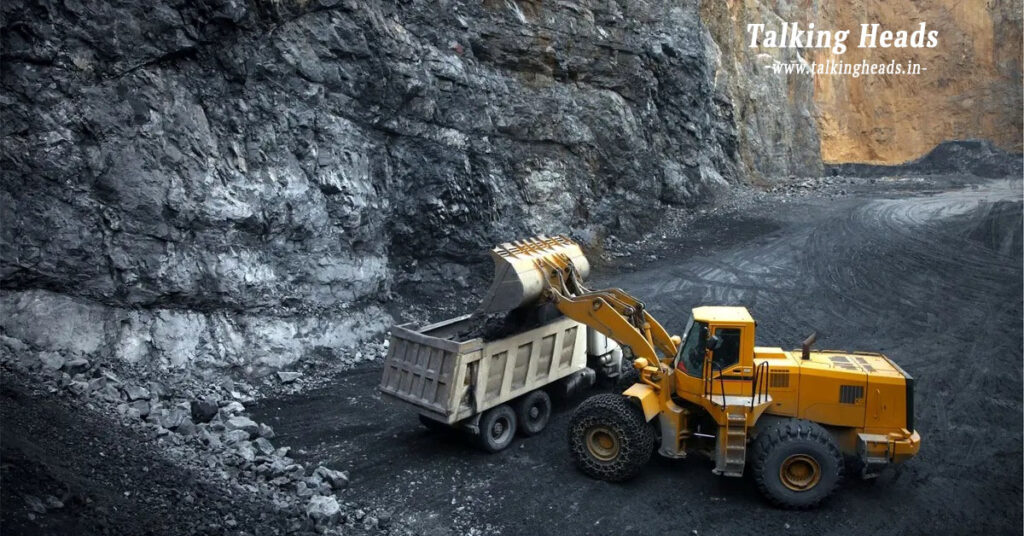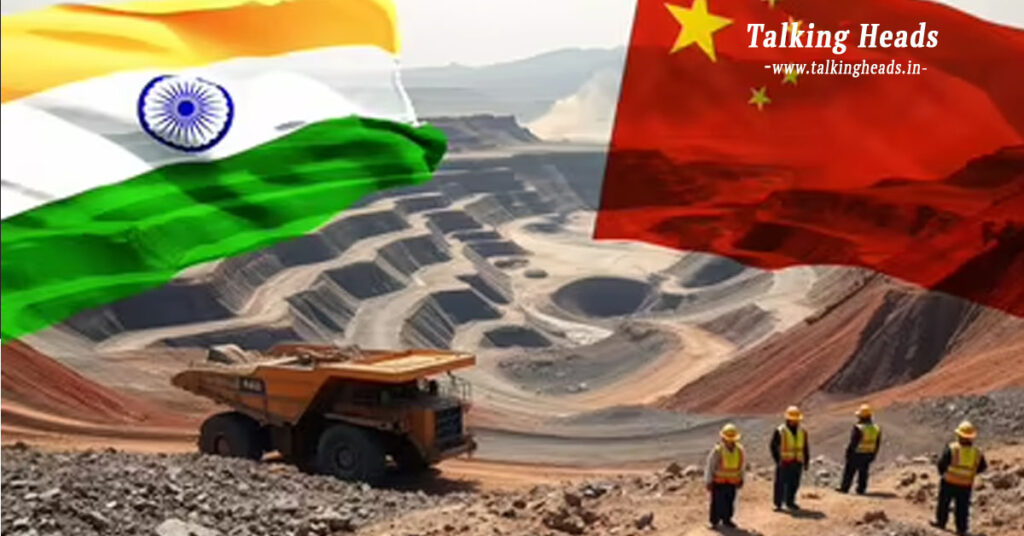Introduction
In a bold geopolitical gambit, China has tightened its grip on the supply of rare earth elements (REEs)—critical raw materials used in everything from smartphones and electric cars to fighter jets and missiles. The move has forced the U.S. to backpedal on its aggressive trade stance and left countries like India scrambling to secure alternatives.
Table of Contents
China’s Strategic REE Export Ban Sends Shockwaves Across the Globe
The current crisis stems from a tit-for-tat trade war between the U.S. and China. After former President Donald Trump imposed a steep 145% tariff on Chinese imports, Beijing retaliated by placing strict export controls on seven key rare earth elements: samarium, gadolinium, terbium, dysprosium, lutetium, scandium, and yttrium.

As of April 4, 2025, Chinese companies must now obtain a special export license to ship these REEs. The licenses are issued based on the end-user of the product, effectively limiting access to downstream buyers—particularly in defence and high-tech sectors.
Rare Earth Shortage Threatens U.S. Defence Capabilities
The move hits the U.S. where it hurts most: its defence manufacturing. Among the restricted elements, samarium is the most crucial for America. Combined with cobalt, samarium forms powerful magnets that are essential for building F-35 fighter jets, DDG-51 destroyers, Virginia-class submarines, and Tomahawk missiles.
According to a report by the Centre for Strategic and International Studies (CSIS):
- Each F-35 jet requires approximately 23 kg of samarium.
- A DDG-51 destroyer uses up to 2,300 kg of REEs.
- A Virginia-class submarine demands a staggering 4,173 kg of REE materials.
China’s new licensing policy disrupts this supply chain, making it nearly impossible for intermediaries to sell REE-based magnets to American defense contractors without prior clearance.
U.S. Efforts to Diversify REE Supply Chain Fall Short
Despite investing millions, the U.S. remains heavily reliant on Chinese REEs. The Department of Defence has allocated over $45 million to companies like MP Materials since 2020 to build a domestic supply chain. But by the end of 2025, MP Materials is expected to produce only 1,000 tons of neodymium-iron-boron magnets—a mere fraction compared to China’s 138,000-ton output in 2018.
Another initiative involved funding Lynas Rare Earths with $150 million, yet it has yielded no production results so far. Clearly, the U.S. is struggling to compete with China’s decades-old dominance in rare earth refining and processing.
On June 9, 2025, high-level trade talks began in London to ease tensions. Trump announced a new trade deal allowing Chinese REE exports to American companies, in exchange for educational visas for Chinese students and a reduction in tariffs. Still, the exact terms and benefits of this agreement remain unclear, and experts doubt a lasting resolution is near.
India Faces Supply Crunch in EV and Semiconductor Sectors
India, too, is caught in the crossfire. Its rare earth imports grew from 1,848 tons in 2019–20 to 2,270 tons in 2023–24, with China as the main supplier. The ripple effects are already visible in India’s electric vehicle (EV) market.

Bajaj Auto warned that without immediate export licenses from China, production could slow by July. According to Crisil Ratings, Indian automakers only have 4–6 months of REE magnet stock left. Maruti Suzuki, which had planned to manufacture 26,500 units of its new e-Vitara between April and September 2025, has cut its target to just 8,200 units.
Beyond automobiles, India’s semiconductor, solar panel, and fiber optic cable industries rely on germanium, another REE affected by China’s policy. The resulting shortages could hinder India’s push for self-reliance in strategic technologies.
Why the World Can’t Break China’s REE Monopoly—Yet
Rare earth elements are not truly “rare,” but economically viable concentrations are. Their processing involves hazardous radioactive byproducts, making it expensive and environmentally risky.
In the 1970s, France once refined Australian REE ore, but was eventually priced out by China’s cost-effective processing techniques. By 1994, China’s Baotou refinery in Inner Mongolia had wiped out competition, establishing near-complete control over the global supply chain.
Even today, U.S. firm MP Materials must send raw REE ore to China for initial processing. China guards its refining technology fiercely and has built a vertically integrated supply chain—from mining to magnet manufacturing—that no other country has yet matched.
Global Pushback: Countries Race to Reduce REE Dependence
However, the world is not sitting idle. Several nations are accelerating efforts to develop REE alternatives and domestic supply chains:
- Australia plans to invest ₹6,600 crore (approx. USD 800 million) to develop critical mineral reserves accessible to trade partners. But CSIS reports suggest Australia will still rely on China for refining until at least 2026.
- The U.S. recently gave $58.5 million to Mountain Pass for increased REE output, while exploring new mines and public-private partnerships.
- The U.K. is funding REE recycling research, with a target to begin production in France by 2027 via LCM (Less Common Metals).
Some industries are also turning to ferrite magnets, a cheaper and more readily available alternative to REE-based magnets, though they lack the same efficiency for high-performance applications.
Conclusion: China’s Leverage Could Reshape Global Tech and Trade
China’s stranglehold on rare earth elements underscores a broader truth—geopolitical power now hinges not just on oil or gas, but also on control over niche, high-value resources. As nations scramble to reduce dependence on Beijing, the race for REE self-sufficiency may define the next era of economic and military strategy.
Until then, China remains the gatekeeper of the modern world’s most critical technologies—and that has given Xi Jinping a powerful lever to bend even the most aggressive global players to his will.










